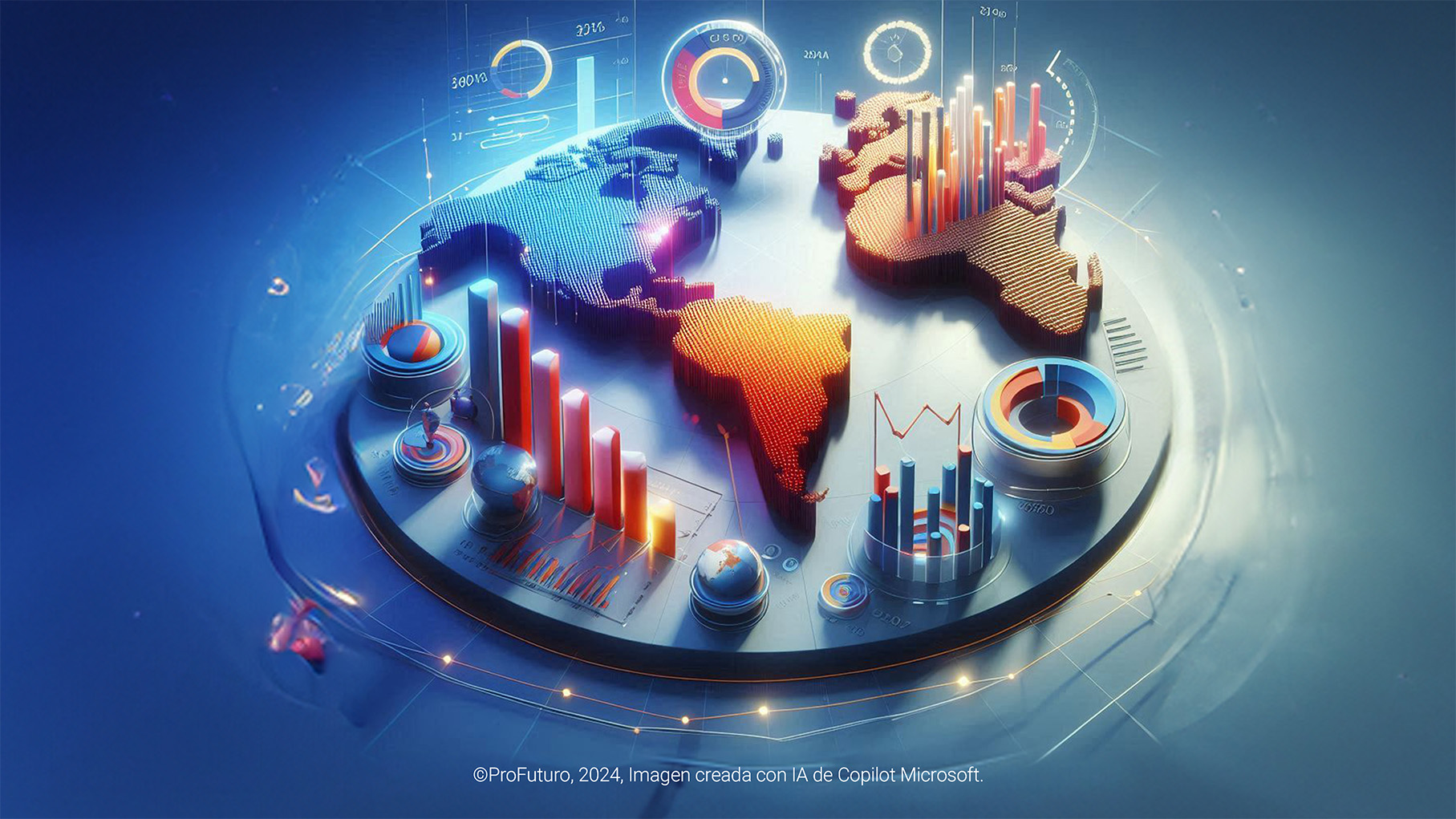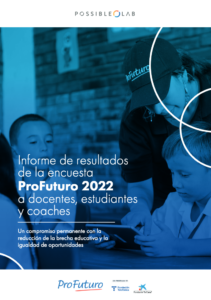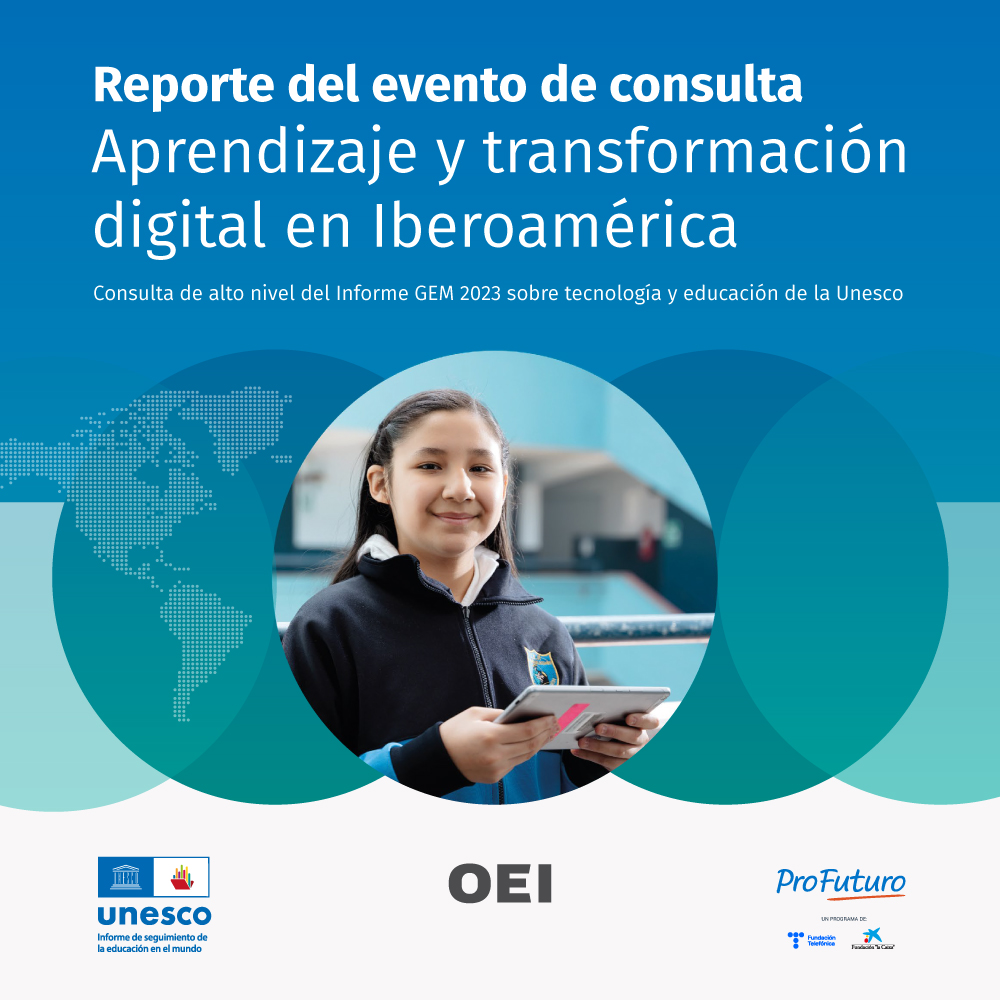The Power of the Digital Revolution
Digital learning is crucial for injecting educational systems with the transformative spirit needed to achieve more inclusive, equitable, and high-quality education for all. This is what the United Nations’ Transforming Education Summit once referred to as “the power of the digital revolution.”
This power manifests itself primarily in three aspects:
- Technology improves access, equity, and inclusion. For example, technology is a powerful tool for overcoming inequalities related to two dimensions: serving disadvantaged populations and ensuring content reaches everyone in more engaging and affordable formats.
- Technology enhances the quality of learning. Educational systems can use technology to improve the acquisition of competencies. Technology can help teachers provide more opportunities to focus on disadvantaged students who start at a disadvantage for various reasons (lack of stimuli at home, lack of preschool attendance, difficulty doing homework, etc.).
- Technology improves management. Technology can enhance data collection and analysis to help educational systems make better decisions.
In this article, we will see how the power of the digital revolution is realised in the ProFuturo Program, by Fundación Telefónica and Fundación La Caixa, aimed at reducing the educational gap and promoting quality education in vulnerable environments in Latin America, the Caribbean, Africa, and Asia. To achieve this, the program offers educational content, teacher training, technological infrastructure, and a monitoring and evaluation system to improve learning experiences and outcomes.
The analysis of the results from surveys conducted during November and December 2022 shows that technology, when properly implemented, can transform education and improve student learning outcomes. In this article, we present the main findings revealed by the surveys.
El análisis de los resultados de unas encuestas realizadas durante los meses de noviembre y diciembre de 2022, demuestran que la tecnología, convenientemente implementada, puede transformar la educación y mejorar los resultados de aprendizaje de los estudiantes. En este artículo exponemos los principales hallazgos arrojados por las encuestas.
Un 96% de los alumnos consideran que las soluciones digitales del Programa ProFuturo aumentan considerablemente su esfuerzo, y cerca de un 84% manifiestan que el programa incrementa su motivación por ir a clase.
A Broad Sample of Key Informants
The study was conducted through surveys targeted at teachers, students, and coaches. Responses were collected from nearly 118,000 students, over 16,000 teachers, and 440 coaches (professionals who train and support teachers in integrating the program), spread across various regions such as Africa, Asia, Latin America, the Caribbean, and Central America. This diverse sample provides a solid foundation for evaluating the program’s results and drawing conclusions about its capacity to improve education in vulnerable contexts, from the perspective of the main actors involved in the program.
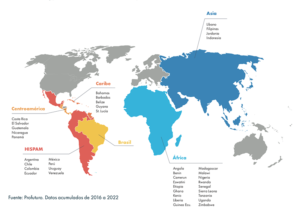
ProFuturo, through its management and intervention planning model, utilizes a specific geographical grouping that enables proper development and governance of the program along with its partners and allies. This distribution, which will be used throughout the report in presenting results, includes the following geographical groupings:
- Africa and Asia: Includes all countries on both continents where ProFuturo is present.
- Brazil: Due to its special significance, the results obtained from surveys in this country are analyzed separately.
- Hispano-America (HISPAM): Includes surveys from all South American countries where Fundación Telefónica is the local partner entity responsible for the intervention.
- Central America: Includes surveys from the countries in the region where the program is implemented.
- Caribbean: Includes surveys from the countries integrated into the Caribbean Community (CARICOM) where the intervention is carried out.
Results: Motivation, Engagement, and Competencies
As mentioned at the beginning of the article, the results obtained from these surveys are very encouraging: overall, the ProFuturo Program seems to increase students’ motivation and engagement with their learning, as well as improving teacher motivation. We examine these results in detail and analyse the implications and challenges these results pose for this socio-educational intervention program.
More Motivated Students
The ProFuturo project has shown a significant impact on students’ educational effort. About 96% of students believe that the project’s digital solutions greatly increase their effort and dedication to school activities, with 76.7% giving the highest rating.
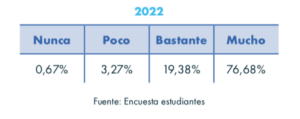
When breaking down these results by region, significant differences are observed: Africa shows 88.21% highest ratings, Asia 78.26%, while Brazil and Central America present figures of 71.91% and 71.81%, respectively, and HISPAM records the lowest percentage at 63.93%.
Greater Engagement: The Program Improves Attendance and Attracts New Students
Children feel more motivated to attend school thanks to the change in learning methodologies with the use of ProFuturo devices and content. About 84% of students clearly state that the program increases their motivation to attend class.
Teachers also consider that the program significantly improves attendance, retention, attention, and discipline of those already in school, and it also becomes a factor that attracts new students to school.
As shown in the image, high ratings are noted from teachers in Asia, who, with 70%, almost double the ratings of Central American teachers (38%-42%), nearly double those of Brazilian teachers (33-36%), and more than double those of Hispanic American teachers (30%).
Un 94,6% de los estudiantes considera que los temas y actividades son bastante o mucho más fáciles de comprender cuando utilizan el equipamiento y contenidos del programa.
Better Understanding of Subjects and Development of Digital Skills
Student ratings have shown significantly that they understand the subjects and activities in the classroom much better thanks to the devices and the program. Thus, 94.6% consider that the subjects and activities are somewhat or much easier to understand when using the program’s equipment and content. Regarding responses obtained by intervention regions, notable results are seen in Africa (84.09% of highest ratings) and Asia (73.48%), compared to Brazil (68.76%), Central America (67.38%), and HISPAM (60.48%).
The surveys asked teachers about the potential impact of the interventions on facilitating the development of their students’ curricular competencies. In this regard, and on a scale of 1 to 10, with 10 being the highest rating, 67.37% of ratings are between 8 and 10, with an average of 7.84 out of 10.
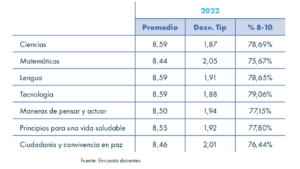
The surveys also asked teachers about the potential impact of the interventions on facilitating the development of digital competencies in students. Generally, a positive rating is noted from the surveyed teachers, 68.39% of whom rate it between 8 and 10 out of 10, with an average of 7.84.
Teachers Improve Their Educational Practices
The program has significantly increased teachers’ motivation to improve their practices, with an average rating of 8.7 out of 10. The highest ratings come from Asia and Central America (over 9 out of 10), followed by Africa (8.61 out of 10).
About 87.20% of teachers have modified their pedagogical practices using technology and digital resources. A total of 34.84% indicate having done so “a lot” and 41.05% “quite a bit.” Africa and Asia lead with 94% of teachers who have modified their methodological practice, compared to HISPAM (84%) and Central America (85%).
Regarding the most relevant methodological changes, they highlighted those related to the incorporation of collaborative methodologies or group learning and the execution of activities using existing digital resources on the Internet.
El 87,2% de los docentes ha modificado sus prácticas pedagógicas utilizando tecnología y recursos digitales.
Good Content and Easy to Use
Teachers rate the ease of use of the virtual environment with 8.25 out of 10, with 75.17% of ratings being 8 or higher. Students also have a positive perception of the usability of tablets and the platform, with 75.03% of highest ratings. Regarding the adequacy and quality of the content, the ratings are high in all areas. Students show a high level of satisfaction with the educational resources, especially in Africa (85.66%), Asia (79.43%), and Central America (76.14%), while HISPAM reaches 71.40%.
What Next?
The results show that the ProFuturo program tends to positively impact the motivation, effort, and learning of both students and teachers through the integration of digital solutions in the educational process. However, to ensure the sustainability and continuous improvement of these results, it is essential to address several challenges that are key to consolidating and expanding the program’s success, ensuring its benefits are maintained and adapted to the diverse educational realities where it is implemented. What are these challenges?
- Project Ownership: The sustainability of an intervention of this nature requires continuing to contribute to the ownership of the project by the school and its community, while also creating local alliances that strengthen resources and provide adequate institutional support.
- Teacher Support: The methodological transformation of teaching practices is a progressive and continuous process that requires maintaining and adapting training and support efforts for teaching teams to gain autonomy, including strengthening the role of lead teachers or innovation teams in schools as the driving force for change.
- Strengthening the Technological Solution: To ensure the greatest effectiveness of the educational resources and content provided by the program, it is necessary to continue strengthening the ProFuturo technological solution for deployment in offline contexts and in four languages, considering the challenges this entails.
- Better Adaptation to African and Asian Contexts: The existing differences in the societies and educational systems where ProFuturo operates seem to indicate the need to deepen the adaptation of the program’s resources and content to the African and Asian contexts, creating new challenges and an evolution of the program for the Latin American context.
If you want to learn more about these results, you can download the full publication here:



